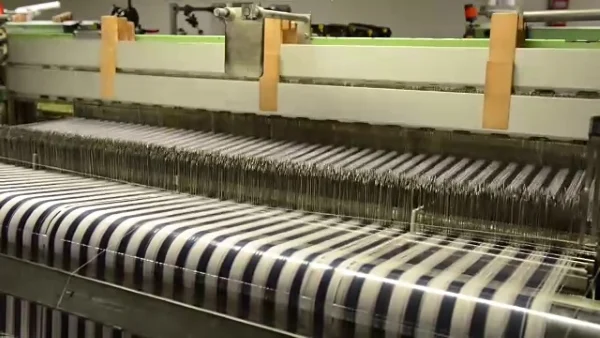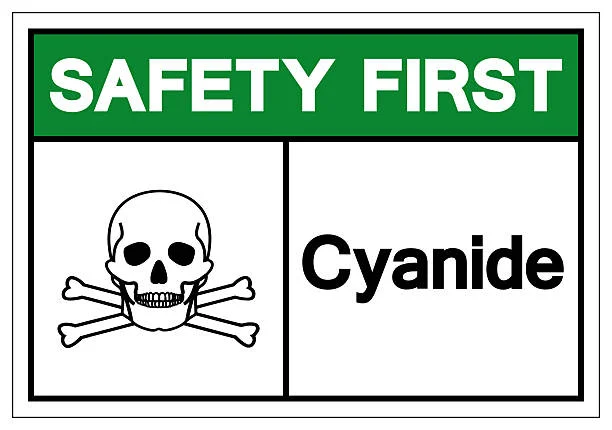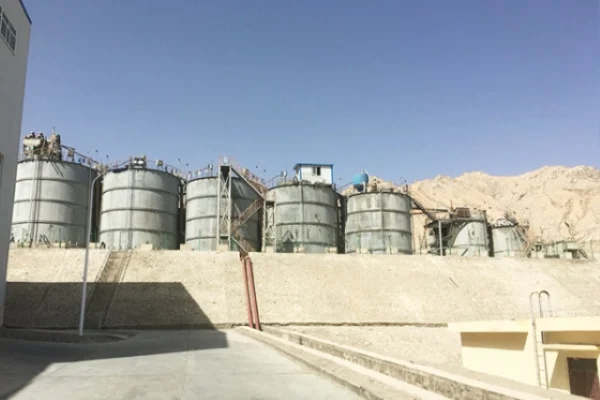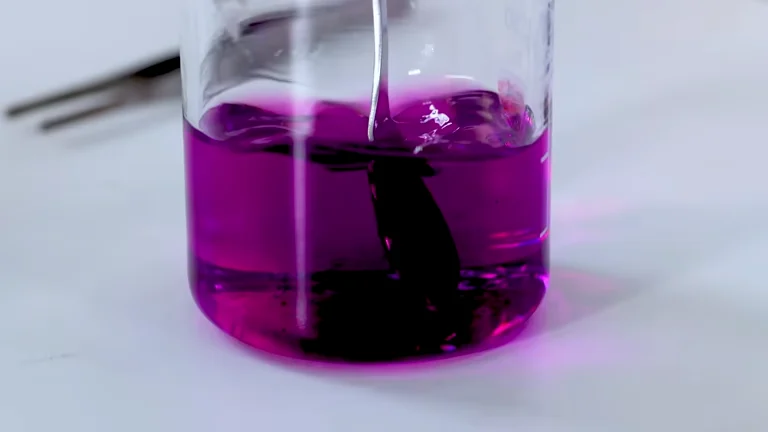
In the context of the global Textile Industry's pursuit of high-performance and long-lasting textiles, Sodium Cyanide (NaCN), as a special functional additive, has continuously played an important role in the field of fabric anti-shrinkage finishing due to its unique chemical properties. This article will systematically analyze its mechanism of action, technical advantages, and industry response strategies, and explore its role evolution within the framework of sustainable development.
I. Chemical Innovation in the Anti-Shrinkage Mechanism
As a strong base and weak acid salt, sodium cyanide stabilizes the fiber structure through the Amidation reaction during textile processing. Its core action path is as follows:
1.Carboxyl Activation: It undergoes a nucleophilic substitution reaction with the carboxyl groups (-COOH) on the surface of cellulose fibers to generate active intermediates;
2.Amide Bond Formation: The intermediates further cross-link with adjacent amino groups (-NH₂) to form stable amide bonds (-CONH₂);
3.Reinforcement of the Network Structure: Through intermolecular hydrogen bonds and van der Waals forces, a three-dimensional cross-linked network is constructed, significantly reducing the swelling property of the fibers.
This process reduces the shrinkage rate of natural fibers such as cotton and wool from 8-12% in traditional processes to below 3%, and the performance remains stable even after more than 50 times of washing.
II. Synergistic Improvement of Comprehensive Performance
1.Morphological Stability: The treated fabrics exhibit excellent dimensional retention in the standard AATCC 135 test, which is particularly suitable for high-end home textiles and outdoor clothing;
2.Touch Optimization: The amidation reaction reduces the exposure of hydroxyl groups on the fiber surface, reducing the fabric's friction coefficient by 20-30%, making the touch smoother;
3.Enhanced Dyeing Performance: The cross-linked structure improves the color absorption uniformity of the fibers, increases the dye fixation rate by more than 15%, and at the same time reduces the chromaticity pollution of the wastewater.
III. Safety Risks and Technical Countermeasures
1.Toxicity Prevention and Control System:
Adopt fully enclosed automated production lines, equipped with hydrogen cyanide gas detectors (accuracy ≤ 0.1ppm);
Develop microencapsulated Sodium cyanide preparations, encapsulate the active ingredients in β-cyclodextrin to reduce operational risks.
2.Wastewater Treatment Technology:
Introduce the catalytic wet air oxidation process (CWO), which can increase the decomposition rate of cyanide to 99.9% under the conditions of 250°C and 8MPa;
Coupled with a biological enzyme degradation system, use cyanide hydratase to convert the residual cyanide ions into harmless ammonia nitrogen.
IV. Industry Transformation and Future Outlook
1.Exploration of Alternative Technologies:
Chitosan-based cross-linking agents: Form an environmentally friendly anti-shrinkage layer through graft copolymerization reactions, with a biodegradation rate of 85%;
Plasma treatment: Use argon plasma to etch the fiber surface to form a nanoscale rough structure to inhibit shrinkage.
2.Upgrading of the Standard System:
The revised version of the EU REACH Regulation in 2024 lists sodium cyanide as a substance of very high concern (SVHC), setting a residual limit of 0.1mg/kg for textiles;
The China National Textile and Apparel Council has issued the "Technical Specification for Green Anti-Shrinkage Finishing", requiring enterprises to establish a life cycle environmental management system.
Conclusion
The application of sodium cyanide in the field of textile anti-shrinkage reflects the deep integration of chemical technology and materials science. Despite facing environmental protection pressures, through process innovation and the application of intelligent monitoring systems, its technical value can still be continuously released within a strict safety framework. In the future, the industry will accelerate the transformation towards bio-based and intelligent finishing technologies, promoting the textile industry to develop in a direction of higher quality and greater sustainability.
- Random Content
- Hot content
- Hot review content
- Collector BLK-301/Composite Flotating Active Matter ≥60%
- Shock Tube Detonator
- Magneto Electric Detonator(Anti stray current)
- Thiourea 99% high activity Professional Producer
- Cupric Chloride 98%
- Caprylic/capric triglyceride
- Sodium selenite,anhydrous 98%
- 1Discounted Sodium Cyanide (CAS: 143-33-9) for Mining - High Quality & Competitive Pricing
- 2China's New Regulations on Sodium Cyanide Exports and Guidance for International Buyers
- 3Sodium Cyanide 98% CAS 143-33-9 gold dressing agent Essential for Mining and Chemical Industries
- 4International Cyanide(Sodium cyanide) Management Code - Gold Mine Acceptance Standards
- 5China factory Sulfuric Acid 98%
- 6Anhydrous Oxalic acid 99.6% Industrial Grade
- 7Oxalic acid for mining 99.6%
- 1Sodium Cyanide 98% CAS 143-33-9 gold dressing agent Essential for Mining and Chemical Industries
- 2High Quality 99% Purity of Cyanuric chloride ISO 9001:2005 REACH Verified Producer
- 3Zinc chloride ZnCl2 for High Molecular Weight Polymers Initiator
- 4High Purity · Stable Performance · Higher Recovery — sodium cyanide for modern gold leaching
- 5High Quality Sodium Ferrocyanide / Sodium Hexacyanoferr
- 6Gold Ore Dressing Agent Safe Gold Extracting Agent Replace Sodium Cyanide
- 7Sodium Cyanide 98%+ CAS 143-33-9











Online message consultation
Add comment: